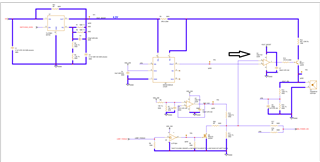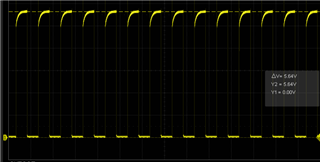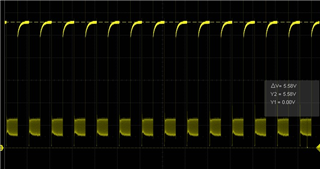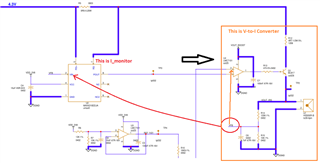Tool/software:



I have a problem with this amplifier in my circuit because in some cases it does not work correctly and I see the disturbed signal as in the attached figure. It is used as a comparator and at the amplifier input I have an alternating square wave signal from 0V to 0.4V on both inputs. Then by raising the output resistance of the amplifier and leaving it floating, on the one that does not give me the disturbance the output is low at 0V while in those where it gives me the disturbance it is fixed high and always remains so even leaving it on a working board. I then tried to mount the amplifier alone on a breadboard. I connected the two inputs together to ground, the power supply to 7.3V with a 100nF capacitor to ground and I connected the output with a 1k load resistor. Even in this condition on some I have the output that goes high, and therefore once mounted on my device it gives me the disturbance, while in other houses it is low as I expect it to be. Can you tell me what could be causing the problem? I don't know if maybe having the two inputs on the same level can cause this problem. In that case, can you also provide me with an alternative to this component that can be used as a comparator and that is pin to pin with a max VCC of at least 8v. thanks


